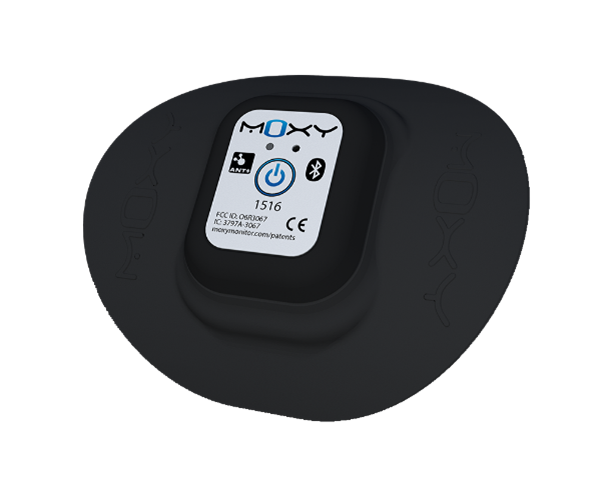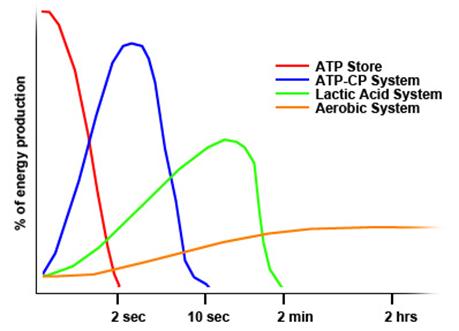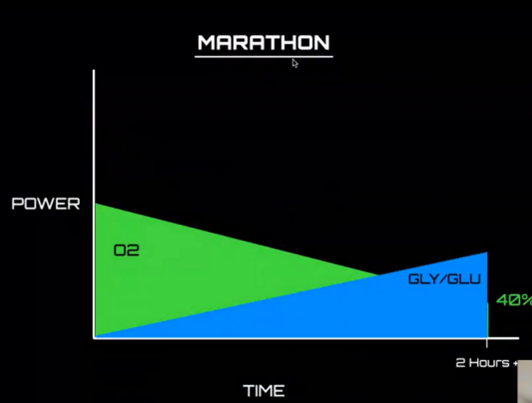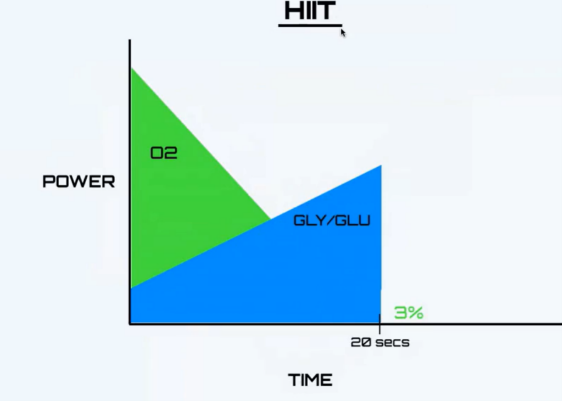PART 1 - ENERGY SYSTEMS: A NEW PERSPECTIVE
BACKGROUND
Traditionally, the sports performance field had come to a general consensus that there are both an aerobic and anaerobic system. However, once you analyse the information from NIRS devices you realise that there can be a more optimal explanation. Of course, conditioning using this energy systems model has been effective but there’s probably a better way to categorise them. If you follow us, you would have noticed that we have recently changed how we talk about conditioning and also how we assess “energy systems” at our facility.
POWERED BY OXYGEN
At Ethos, we have recently brought on MOXY monitors. These monitors utilise NIRS (Near Infrared Spectroscopy) technology, which detects Muscle Oxygen Saturation Percentage (SmO2) and Total Haemoglobin (THb) in real time. Based on algorithms developed in the device, it calculates the percentage of oxygen within the haemoglobin according to how much infrared light is being absorbed passing through the skin, fat and muscle. Specifically, it is looking at the percentage of oxygenated Thb at the capillaries which is where the oxygen exchange occurs. Essentially, I see SmO2 as the equivalent of a fuel gauge in car. It tells you how much fuel is in the tank and when you need to recover/refuel.
THE TRADITIONAL MODEL OF ENERGY SYSTEMS
The first time I used these monitors, it was super interesting to see the kinetics of oxygen during exercise. It really makes you question the traditional model of energy systems that I’m sure we’re all aware of. The traditional model suggests that we have an “aerobic system” and “anaerobic” system. Our anaerobic system is made of the “alactic” and “lactic” system. It suggests that any activity within the first 10 seconds is predominantly “alactic” and within 2 minutes is “lactic.” After 2 minutes, the aerobic system “takes over” and there’s limited contribution from anaerobic energy sources due to its depletion.
AN ANALOGY TO DESCRIBE HOW THIS MODEL MIGHT NOT HAVE CAPTURED THE FULL PICTURE
Have you ever gone on road trip and fallen asleep unexpectedly?
When you wake up, you realise you are completely out of the loop with what has happened for the duration that you were asleep. This is sort of similar to what has happened when the original energy systems model was created. The timeframe of analysis was TOO slow and didn’t happen in REAL TIME (which is what you get with NIRS analysis).
However, where this model is flawed is after the 2 second mark where we see the PCr system is depleted very quickly after 10 seconds. This is because this model fails to consider how quickly oxygen is used and how quickly PCr is used and restored (which happens in milliseconds).
OBSERVATIONS WITH MOXY
MOXY shows you that perhaps the traditional model doesn’t really match what is happening in real time. When you put on a MOXY you can see that oxygen is being used straight away upon load because SmO2 goes down as soon as the athlete completes an activity. This wouldn’t be the case if the first 2 minutes were purely anaerobic. As you can see, O2 is consumed immediately at the onset of the sprint.
SO ARE THERE ANY OTHER ALTERNATIVE MODELS OUT THERE?
Before we dive deeper, it’s important to understand how glycogen and lactate is present in the body. We have an enzyme known as glycogen phosphorylase (GP). GP breaks glycogen down to release glucose and, allowing us to utilise glycogen stores in the liver and muscle. The interesting part about GP is that it is always active to break down glycogen at the same rate as it’s being synthesised. Since glycogen is always being broken down, lactate will always be present too.
WHAT HAPPENS DURING A MUSCULAR CONTRACTION?
From previous knowledge, we know that for continual muscular contraction, we need continual PCr breakdown. In order to sustain the contraction, this is where the “glycogen shunt” comes in as GP is quickly up regulated within milliseconds to supply ATP for PCr resynthesis. As a by-product of this process, lactate is shuttled back into our “aerobic” system which then produces ATP to break glucose down to glycogen to restore PCr. Eventually, there will be a point where total lactate accumulated is greater than the total lactate being consumed. This is due to the inefficiency of lactate as a fuel source and hence is why this point is commonly associated with fatigue. The increased reliance of glycolysis can be caused by inefficient delivery or utilisation of O2.
THE ALTERNATIVE MODEL
Source - Aaron Davis Webinar: https://www.youtube.com/watch?v=LI6s34dXpu8&feature=emb_title
We need to flip our thinking of anaerobic processes preceding aerobic processes. Oxygen is actually the first thing that we use and as exercise duration/intensity increases, this is where our anaerobic processes take over. This is why efforts become more difficult as these anaerobic processes are in limited quantities and are inefficient at producing ATP. We also need to take into account how quickly oxygen is being used and whether actions are being repeated.
Source - Aaron Davis Webinar: https://www.youtube.com/watch?v=LI6s34dXpu8&feature=emb_title
The point at which we switch from “aerobic” to “anaerobic” metabolism (although this is never entirely switched as these two systems are always working together) is commonly known as the “threshold.” For example, if oxygen desaturation occurs quickly and bottoms out (e.g. 3% Smo2), the glycolysis and glycogenolysis is going to be upregulated immediately to restore PCr due to the lack of oxygen in the system. This effort is unable to be sustained for a long period of time because glycolysis and glycogenolysis are very limited and inefficient.
This occurs in a sporting event like a 100m sprint. However, if oxygen desaturation occurs gradually, glycolysis and glycogenolysis will be slower to upregulate as the threshold will be a lot higher (e.g. 40% SmO2).
This occurs in a sporting event like a marathon. A long run can be sustained for a longer period of time as oxygen is being used slower and thus glycolysis and glycogenolysis occurs at a later point.
NEXT PART….
In the PART 2, we will discuss how to identify and train these limitations.




